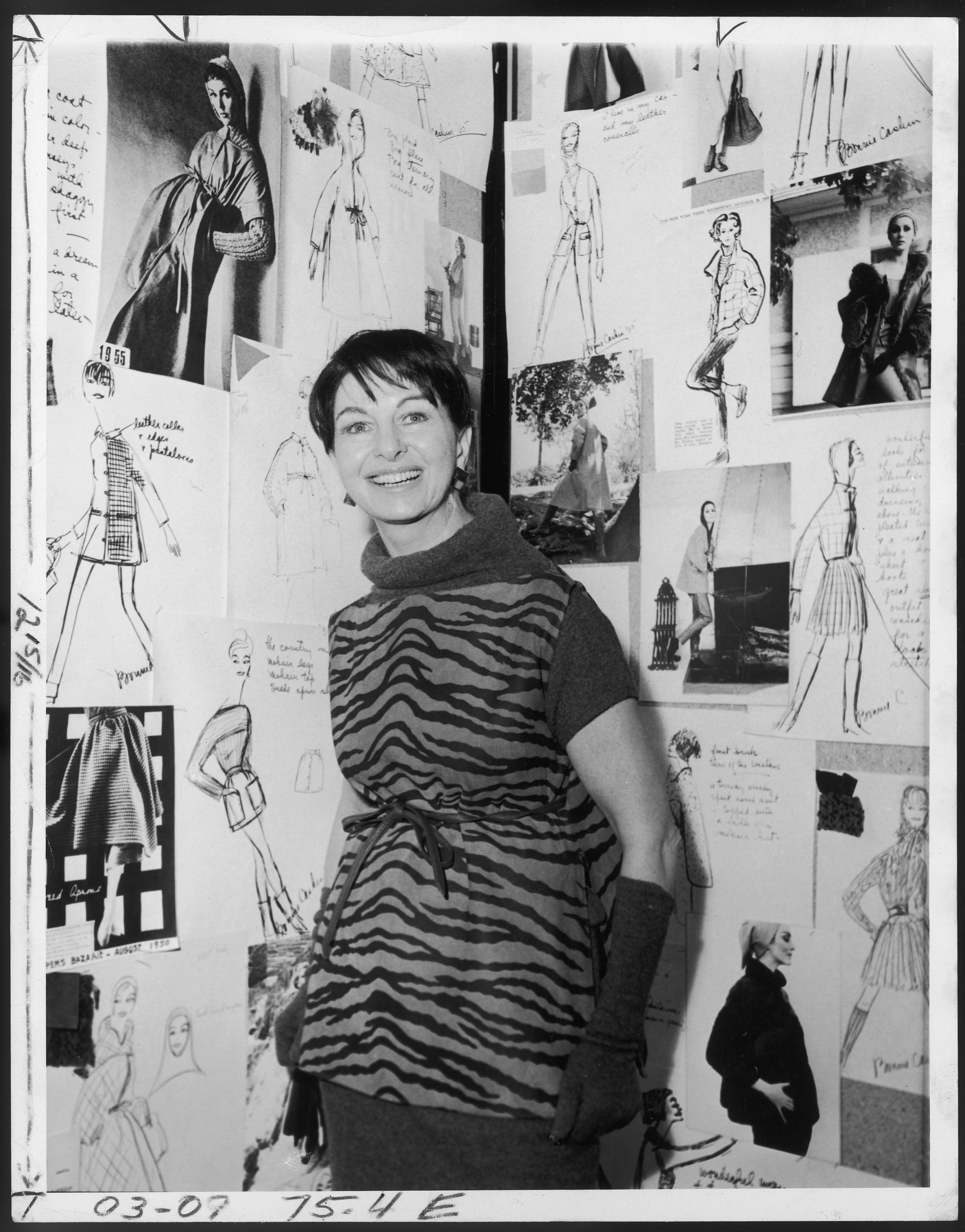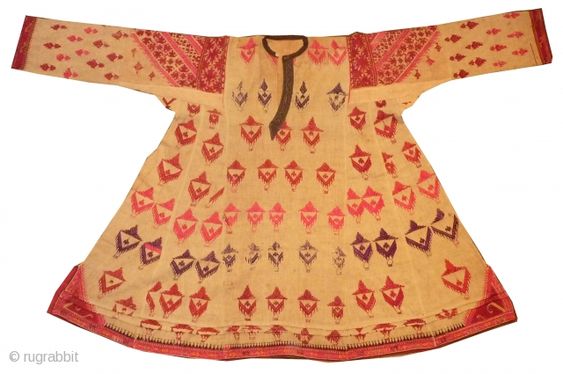
by Gwyn Conaway
Less than two months ago, Argentinian-born Marxist revolutionary, Che Guevara, was captured and executed in Bolivia for his role in leading a revolutionary guerilla force to challenge the current US-backed regime.

Comandante Ernesto Che Guevara, Havana Cuba, 1959. Guevara studied to be a medical doctor, and turned to radical left activism because of the poverty and disease he witnessed.
Recently, post-mortem photographs of Guevara became available to the public. His body was put on display in a brick-and-mortar laundry room in the countryside village of Vallegrande, lying peacefully upon a concrete slab with a content expression and a single bullet wound through his left side.
If Che Guevara’s philosophies on governance and criticism of American capitalism haven’t seeped into the public consciousness themselves, the image of the man certainly has. The details of the end of his life have already taken on religious undertones. Guevara was once a revolutionary, but in death, he has become a Christ-like figure.
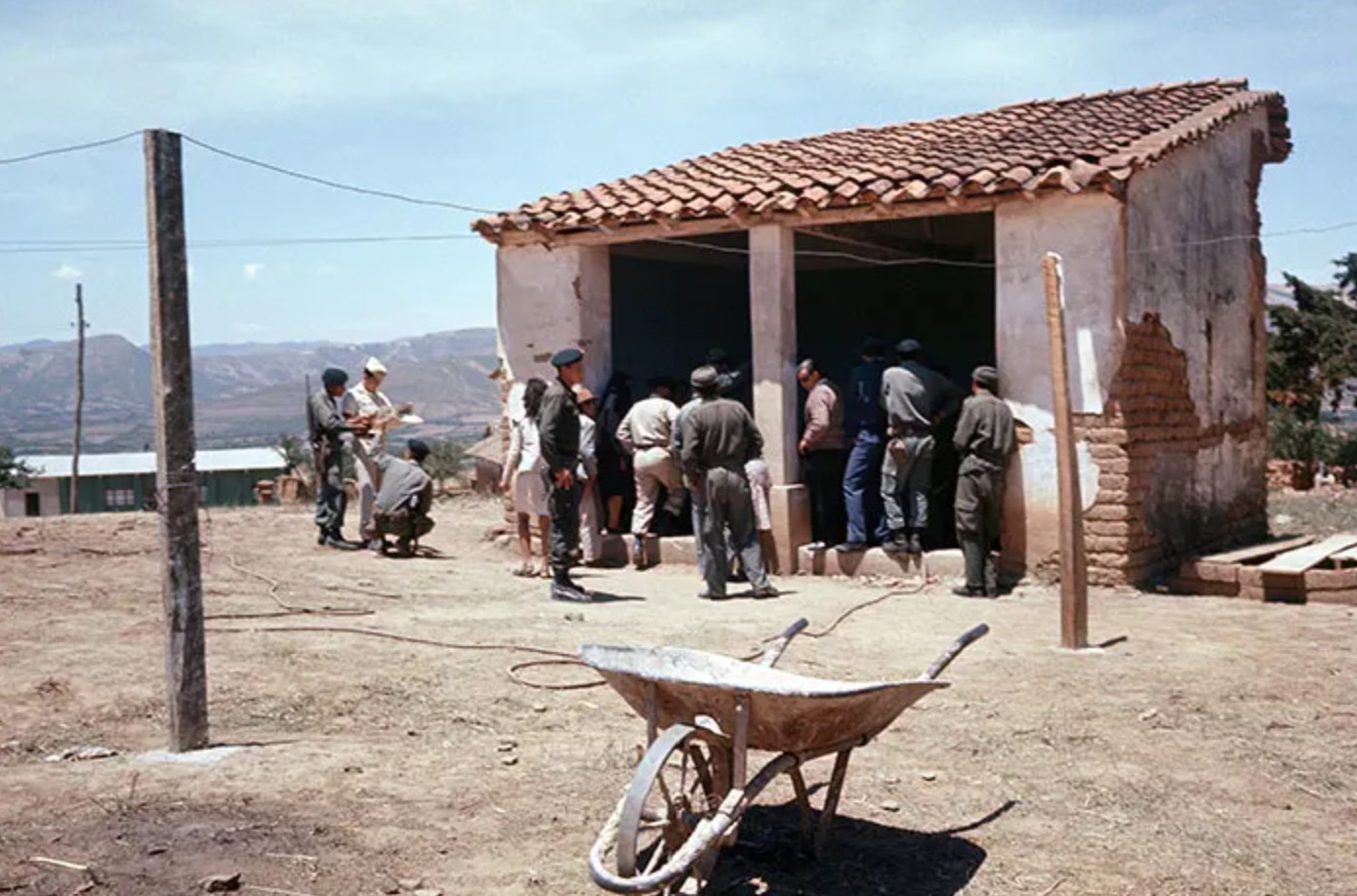
The press and local people were invited to view Che Guevara's body to confirm his capture and death to the public. More than two hundred people came to see him, and locals were observed clipping his hair to keep as tokens of worship.
You must be asking yourself, dear reader, why a fashion columnist would be so intrigued by this turn of events as to write about it in her quarterly offering. Fashion and politics hold hands like lovers do, lacing their fingers together in the timeless game of tug-of-war known as counterculture. I cannot say this with enough emphasis: self-expression is a dangerous game.
There is no better lens with which to examine this intimate relationship between fashion and politics than hindsight, so let’s first look at the zoot suit of the 1930s. Designed and worn by Black and Hispanic young men, the zoot suit was a symbol of these communities finding their own voice in America. Like many Black art movements of the time, such as jazz (anti-music) and swing (anti-dance), the zoot suit sought to defy the standard of beauty defined by European tradition.
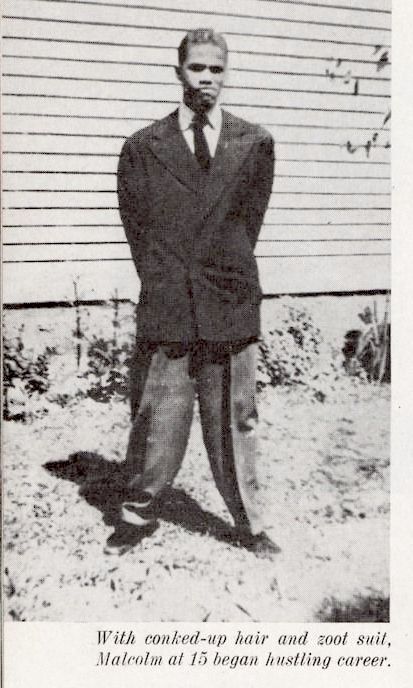
Malcolm X chose to wear the suit at the age of fifteen to assume an identity counter to the American mainstream.
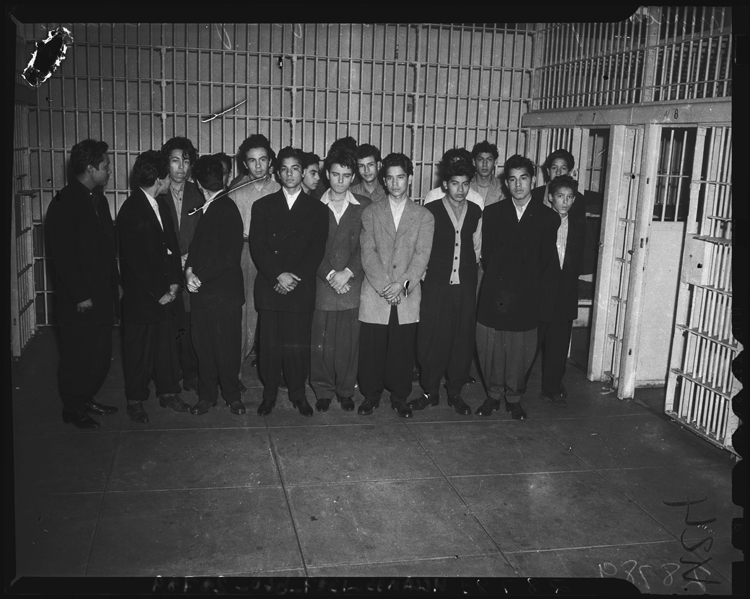
Mexican American boys in detained in Los Angeles during the Zoot Suit Riots of 1943, in which more than 500 men and boys of Mexican, Black, and Filipino descent were arrested. The press applauded servicemen who took to the streets, beating the local community with clubs for wearing the countercultural fashion.
This fashion was also a form of political protest, defying the World War II draft and the nationalism that came with the total war effort. While the rest of America was committed to a patriotic fashion uniform, these men chose to stand out. Among them was Malcolm X, who chose to wear the suit in his teen years. It was also worn by Hispanic boys in San Diego and Los Angeles as a point of cultural pride. Servicemen from the nearby base took to buses and invaded local Hispanic communities, stripping men of their zoot suits and burning them in the streets. More than a thousand people participated in the five-day Zoot Suit Riots.
Che Guevara has been an icon of the radical left since the late 1950s, and his image already inspires countercultural and anti-capitalist movements in the United States and Latin America. Groups such as the Black Panther Party and the Hippie Movement have taken inspiration from his efforts. With his martyrdom, I’ve seen a rise in fashions that resemble his iconic army fatigues and red-star beret.
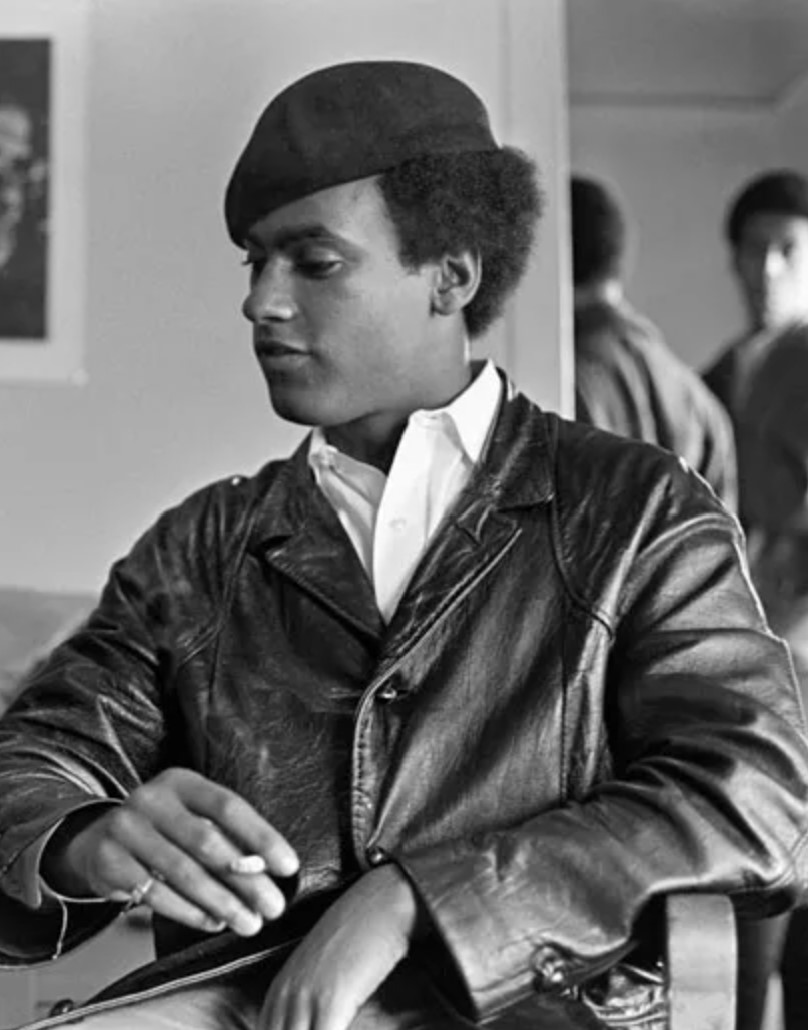
Huey P. Newton wears his iconic black leather blazer and beret, fashioned after Che Guevara and Fidel Castro, photographed in 1967.
Huey P. Newton is a prime example of this political phenomenon. The co-founder of the Black Panther Party has recently begun wearing berets himself. Tilted to the side to expose his afro, Newton pairs the cap with a plain black leather blazer and an unstarched, open-collared cotton shirt. His look militarizes the white-collar suit-and-tie, making it a symbol of resistance against institutional racism in the United States. He also uses the dressed down collar and beret to align himself with Marxist revolutionaries interested in a utopian future for laborers and people of color.
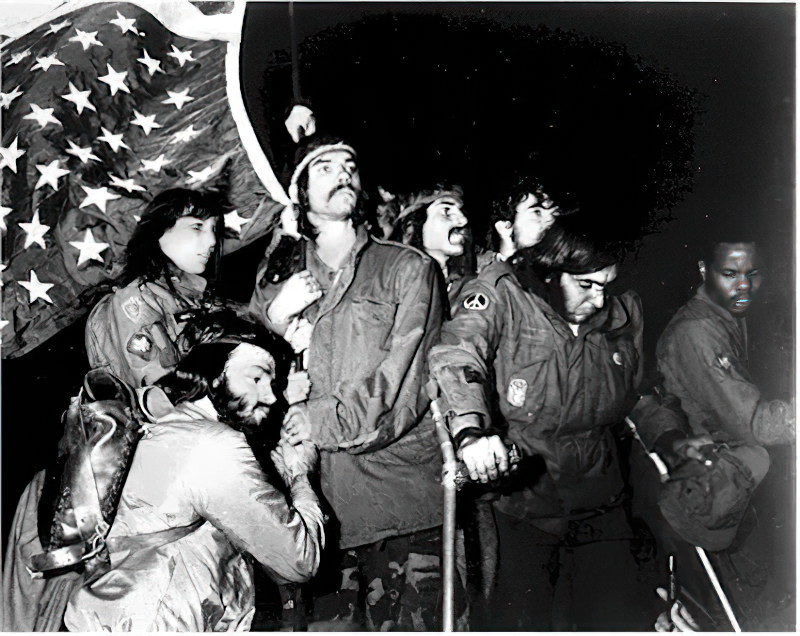
Vietnam veterans stand up in peaceful demonstration for the first time, siding with protestors and students opposed to the Vietnam War. This protest led to the founding of Vietnam Veterans Against War.
But it’s not just radical leftist groups that are donning the Che-Type, as it’s being called. Vietnam war veterans recently held a peace demonstration in which they sported the look, and the burning of draft cards on the Boston Common saw the same. This suggests, just as my previous article on military fashion, that the modern infantry uniform has become a civilian symbol of protest against US foreign policy and war abroad.
It bears repeating: self-expression is dangerous. The Che-Type is a direct challenge to American capitalism as an identity, not just a picket sign. While the revolutionary left is taking the moral high ground on affairs of state through their artistic expression, this pushes politics to do the same, making the argument no longer about policy but about identity and righteousness. The red-star beret, the infantry uniform, and the zoot suit all have this in common, and all signal a time of tension and division.
I suspect Guevara will live on as a symbol of the counterculture. Like Che the man, Che the symbol will be a sign that things are about change in a big way.

![[December 12, 1967] The Che-Type Cometh](https://galacticjourney.org/wp-content/uploads/2022/12/Screenshot-2022-12-08-212720-672x372.jpg)

![[October 16th, 1965] The World According to Bonnie Cashin](https://galacticjourney.org/wp-content/uploads/2020/10/69b37edc295dde7c6eead66b33f10802-672x372.jpg)
